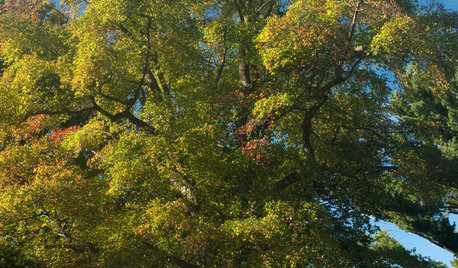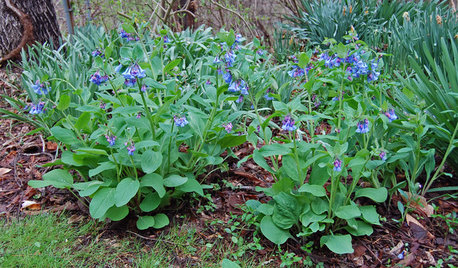Soil Conversion From Alkaline to Acidic
Wil Haines
5 years ago
Featured Answer
Sort by:Oldest
Comments (12)
Yardvaark
5 years agoNHBabs z4b-5a NH
5 years agolast modified: 5 years agoRelated Professionals
Towson Landscape Architects & Landscape Designers · Finneytown Landscape Architects & Landscape Designers · Cudahy Landscape Contractors · Hawaii Landscape Contractors · Tehachapi Landscape Contractors · Kalamazoo Decks, Patios & Outdoor Enclosures · La Palma Decks, Patios & Outdoor Enclosures · Milford Landscape Contractors · Peabody Landscape Contractors · Bedford Heights Landscape Contractors · Baltimore Landscape Architects & Landscape Designers · Aloha Landscape Contractors · Mequon Landscape Contractors · East Cleveland Gardeners & Lawn Care · Minneapolis Fence Contractorsgardengal48 (PNW Z8/9)
5 years agolaceyvail 6A, WV
5 years agoluis_pr
5 years agolast modified: 5 years agoWil Haines
5 years agoluis_pr
5 years agoIrving Ragweed (Austin 8b)
5 years agoluis_pr
5 years agoWil Haines
5 years agoUser
5 years ago
Related Stories

GARDENING GUIDESGrow a Beautiful Garden in Alkaline Soil
Got alkaline soil? Learn how to manage it and the many beautiful plants that will thrive in this ‘sweet’ soil
Full Story
GARDENING GUIDESHave Acidic Soil in Your Yard? Learn to Love Gardening Anyway
Look to acid-loving plants, like conifers and rhododendrons, to help your low-pH garden thrive
Full Story
GARDENING GUIDESHow to Stop Worrying and Start Loving Clay Soil
Clay has many more benefits than you might imagine
Full Story
FARM YOUR YARDHow to Get Good Soil for Your Edible Garden
The nutrients in your soil feed the plants that feed you. Here are tips on getting it right — just in time for planting season
Full Story
GARDENING GUIDESGet the Dirt on Your Garden’s Soil
Understand how your soil supports your plants so you can ensure your garden’s success
Full Story
GARDENING GUIDESHow to Pick a Mulch — and Why Your Soil Wants It
There's more to topdressing than shredded wood. Learn about mulch types, costs and design considerations here
Full Story
GARDENING GUIDESGardening Solutions for Heavy Clay Soils
What’s a gardener to do with soil that’s easily compacted and has poor drainage? Find out here
Full Story
TREESGreat Design Plant: Nyssa Sylvatica
The black gum tree tolerates moist soil and provides many years of beautiful foliage, from summer to fall
Full Story
MOST POPULARHow to Get Rid of Household Mold
Find out how to work with a pro to stop mold from damaging your house and health — and how to prevent it from forming
Full Story
GARDENING GUIDESGreat Design Plant: Mertensia Virginica
Virginia bluebells provides relief from winter with a big display of color
Full Story










Wil HainesOriginal Author